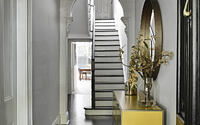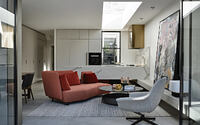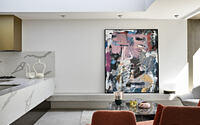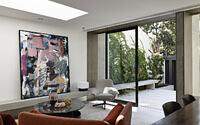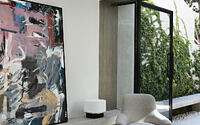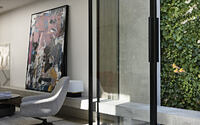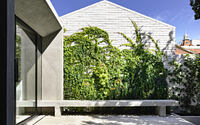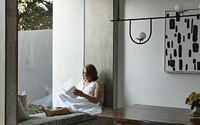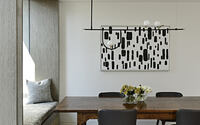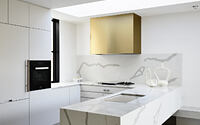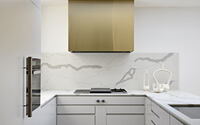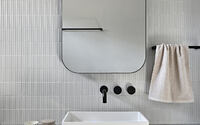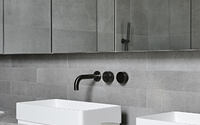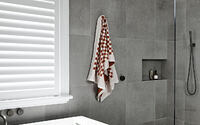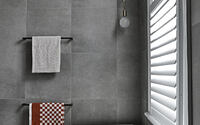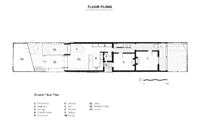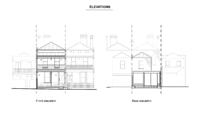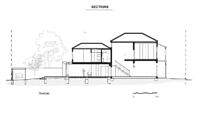Henry House by Wala
Step into the world of contemporary design with the Henry House by Wala, a remarkable townhouse nestled in the heart of East Melbourne, Australia. This heritage dwelling, known for its immaculate 19th-century terrace house aesthetic, has been thoughtfully renovated to embrace the modern era while preserving its original charm.
The house now boasts a light-filled rear extension, designed to create a fluid passage of travel through the main spine of the building. This extension, featuring an open plan arrangement, is framed by a large window and daybed that extend the line of sight into the raised garden, drawing in as much northerly light as possible. The use of natural materials such as timber, concrete, and steel, framed by simple geometries, provides a logical counterpoint to the ornamental and decorative nature of the old house.











About Henry House
Revitalizing a Heritage House: A Journey of Renovation
In the heart of a neighborhood renowned for its immaculate 19th-century terrace houses, a heritage house embarked on a transformative journey. The previous tenants had broadened the ground-level rooms at the rear, maximizing the narrow site’s full width. However, despite this expansion, the house still lacked a strong connection with the backyard, which had succumbed to overgrowth over time.
A Vision for a Garden Connection
The current owners envisioned a rear that would open up to the garden, creating a functional outdoor living area perfect for entertaining. This new rear had to be light-filled, adhering to passive design principles that would make this space a joy to be in all year round.
Preserving the Heritage
As a heritage dwelling, conservation of the front of the house was paramount. Great care was taken in addressing heritage issues, especially in a neighborhood known for some immaculate examples of 19th-century terrace houses. The heritage house was treated with sensitivity in its face-lift to retain its character and charm.
Breathing New Life into the Old Building
The bones of the old building were in excellent condition, so efforts were focused on the new ground floor extension to bring this home into the new century. A key ambition was to create a fluid passage of travel through the main spine of the building, in contrast to a typical hallway of this type of period building. This was achieved by adopting an open plan arrangement in the extension and framing the end of this visual axis with a large window and daybed that extend the line of sight into the raised garden. The consolidated living configuration made the most of its fortuitous north-facing aspect, drawing as much northerly light close to the belly of the building.
Expanding the Living Space
The new living space closely follows the original footprint of the rear room. However, despite its modest size, it is able to enjoy borrowed amenity from the garden through the large pivot doors and windows to make the space feel larger than it is. The sense of space is further accentuated by the large skylight carved across the kitchen, and the notable absence of structural columns anywhere in this open room.
A Harmonious Blend of Old and New
The employment of natural materials (timber, concrete, steel) framed by simple geometries provides a logical counterpoint to the ornamental and decorative nature of the old house. The dichotomies of old and new, ornate and restrained, are expressed through the choice of materials, colors, shapes, and patterns.
Writing a New Chapter
This modern-day extension writes yet another chapter in the book of this house, adding to and enhancing the features and qualities of the heritage building.
Photography courtesy of Wala
- by Matt Watts
